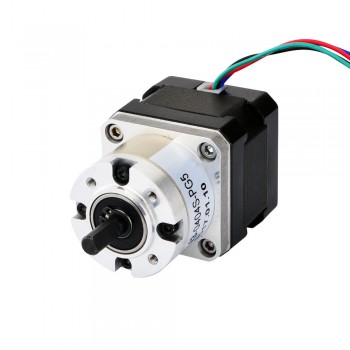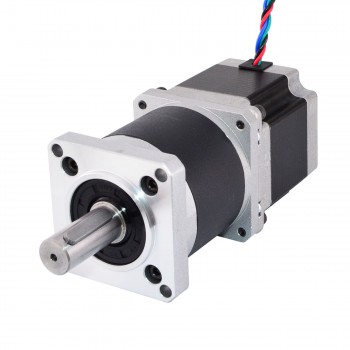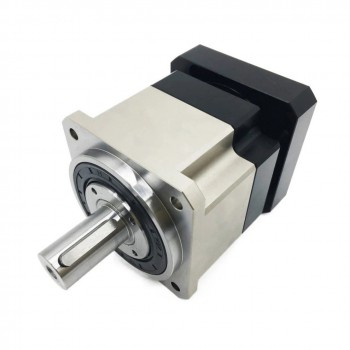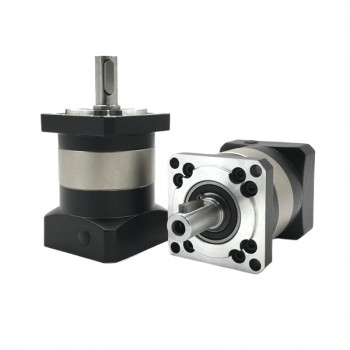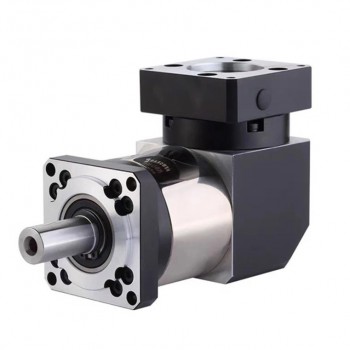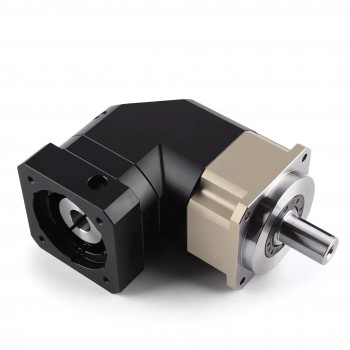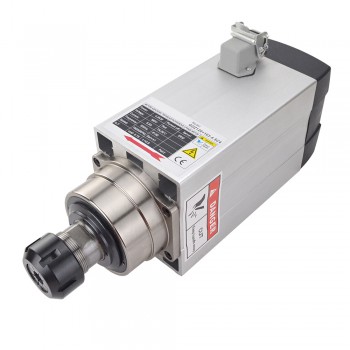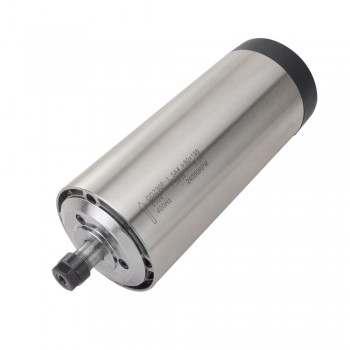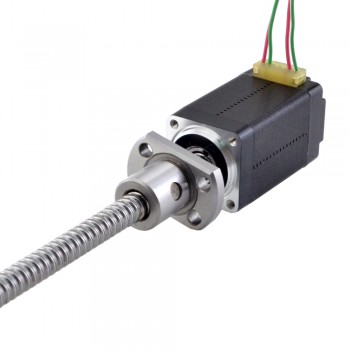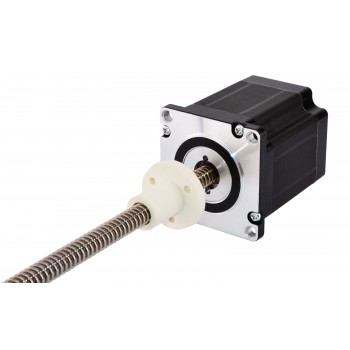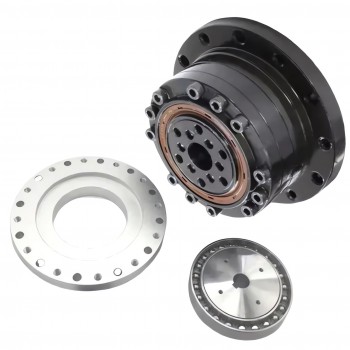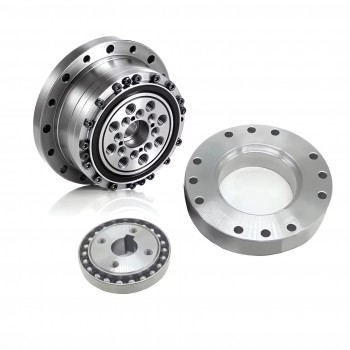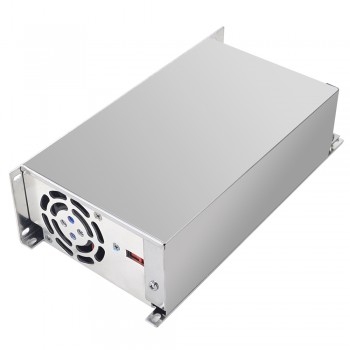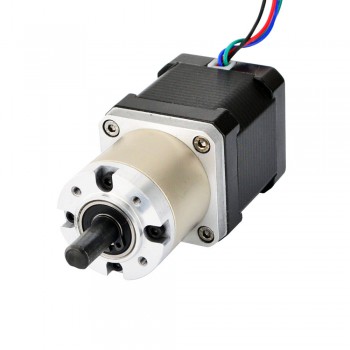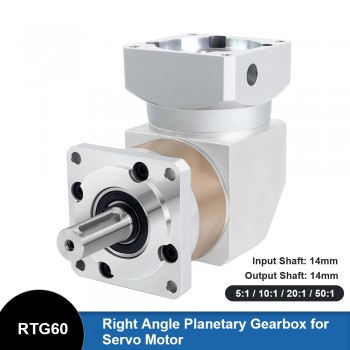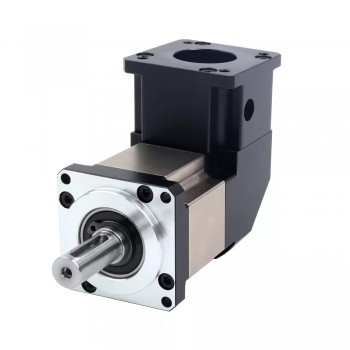1.Basic concept of switching power supply
A switching power supply is a type of electronic power conversion device that converts electrical energy from one voltage/current form to another required form by controlling the on-off state of semiconductor switching devices (such as MOSFETs, IGBTs, transistors). It is mainly used to provide stable and adjustable DC voltage for electronic equipment, and can realize mutual conversion between AC and DC, as well as step-up, step-down, or inversion of voltage.
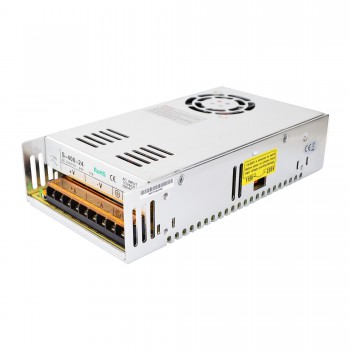
2.Working principles of switching power supply
1.Input Rectification & Filtering:Incoming AC (like from a wall socket) is first converted to pulsating DC by a rectifier (diodes).An input capacitor smooths this pulsating DC into a relatively stable, higher DC voltage.
2.Switching/Inverter Stage:This is the core: a power switch (MOSFET) rapidly chops the DC into high-frequency square waves (pulse trains).This high-frequency switching allows for much smaller transformers and inductors, saving space and weight.
3.Energy Transfer (Transformer):The high-frequency pulses are fed to a small transformer, which efficiently steps the voltage up or down (depending on design) and provides electrical isolation.
4.Output Rectification & Filtering:The high-frequency AC from the transformer’s secondary side is again rectified and filtered (with capacitors and inductors) to produce the final smooth, stable DC output for the load.
5.Feedback Control:A control circuit continuously monitors the output voltage.It adjusts the ‘on/off’ time (duty cycle) of the power switch (using Pulse Width Modulation or PWM) to keep the output voltage precisely at the desired level, compensating for input voltage or load changes.
3.Usage advantages of switching power supply
1.High Efficiency:One of the most significant benefits of switching power supplies is their high efficiency, often exceeding 90%. This efficiency arises from the minimal energy loss during the switching process, making them an optimal choice for power-sensitive applications. High efficiency translates to lower energy costs and less heat generation, which can prolong the life of electronic components.
2.Compact Size and Lightweight:Switching power supplies are typically smaller and lighter than their linear counterparts. The use of high-frequency transformers allows for smaller magnetic components, reducing the overall size and weight of the power supply. This compactness is particularly advantageous in portable electronics, where space and weight constraints are critical.
3.Enhanced Reliability:The robust design of switching power supplies contributes to their enhanced reliability. They are less susceptible to overheating and thermal stress, which can lead to component failure. Additionally, many switching supplies incorporate features like over-voltage and over-current protection, further increasing their reliability in demanding environments.
4.Improved Heat Dissipation:Due to their high efficiency, switching power supplies generate significantly less heat than linear power supplies. This reduced heat generation simplifies thermal management and can even eliminate the need for bulky heat sinks or active cooling systems in many applications. Consequently, this leads to more compact designs and improved overall system performance.
5.Cost-Effectiveness:While the initial cost of switching power supplies may be higher than that of linear power supplies, their long-term cost-effectiveness is undeniable. The efficiency gains result in lower operational costs, and the durability of these units can reduce maintenance and replacement expenses. Over time, the benefits of energy savings and reliability can far outweigh the initial investment.
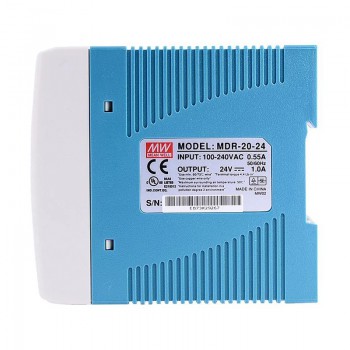
4.The challenges in the design of high-power switching power supply
1.Meeting strict EMC standards (e.g., IEC 61000-3-2 for harmonic emissions, IEC 61000-4 for immunity): High-power systems produce stronger harmonics, requiring larger and more complex EMI filters, which conflicts with miniaturization goals.
2.Reducing parasitic parameters: In high-power circuits, long busbars and large-area copper traces introduce stray inductance, which can cause voltage spikes during switching and damage power devices. Layout optimization (e.g., planar busbars, integrated power modules) is critical but technically demanding.
3.Core saturation: High-power operation requires large magnetic flux, which can easily saturate the core material, leading to a sharp increase in inductance loss and even device burnout. Selecting high-saturation-flux-density materials is necessary, but these materials are expensive and have strict processing requirements.
4.Winding loss and thermal design: High-current windings require thick copper wires or copper foils, but skin effect and proximity effect at high frequencies increase winding loss. Optimizing winding structure is required to reduce loss, but this increases manufacturing complexity.
5.Trade-off between device parameters: High-power devices require low on-resistance (to reduce conduction loss) and fast switching speed (to reduce switching loss), but these two parameters are often contradictory. For example, IGBTs have low conduction loss but slow switching speed, making them unsuitable for high-frequency applications.
6.Voltage and current stress: During switching, power devices bear high voltage spikes and current surges, which can cause device breakdown. Adding snubber circuits to suppress voltage spikes is necessary, but this increases circuit complexity and power loss.
7.Protection function coordination: High-power SPS have multiple protection functions (overvoltage, overcurrent, short-circuit, over-temperature). Coordinating the response speed and action sequence of these protections is critical to avoid misoperation and ensure system safety.
